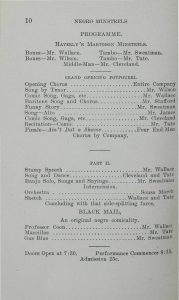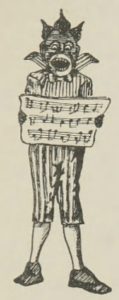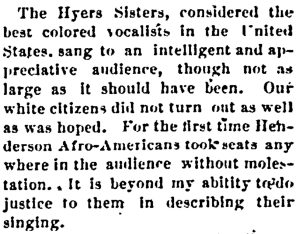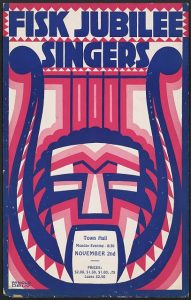Blackface minstrelsy was the pinnacle of American entertainment for decades. In the early 19th century, white audiences and performers commodified and consumed Blackness by creating stereotypical characters. However, after the Civil War, minstrelsy evolved to remain relevant to the American public. I wrote in a previous blog post about how radio was minstrelsy’s medium in the 20th century. At the turn of the century, though, white troupe owners sought to keep minstrelsy relevant by a different medium: print.
J.H. “Jack” Haverly, a white show manager, is remembered by historians as minstrelsy’s most successful promoter.1 In 1902, Haverly published a guide to minstrelsy for aspiring performers. He offers advice on organizing a troupe, many suggestions for jokes and songs, and of course, advertising strategies. Continue reading





